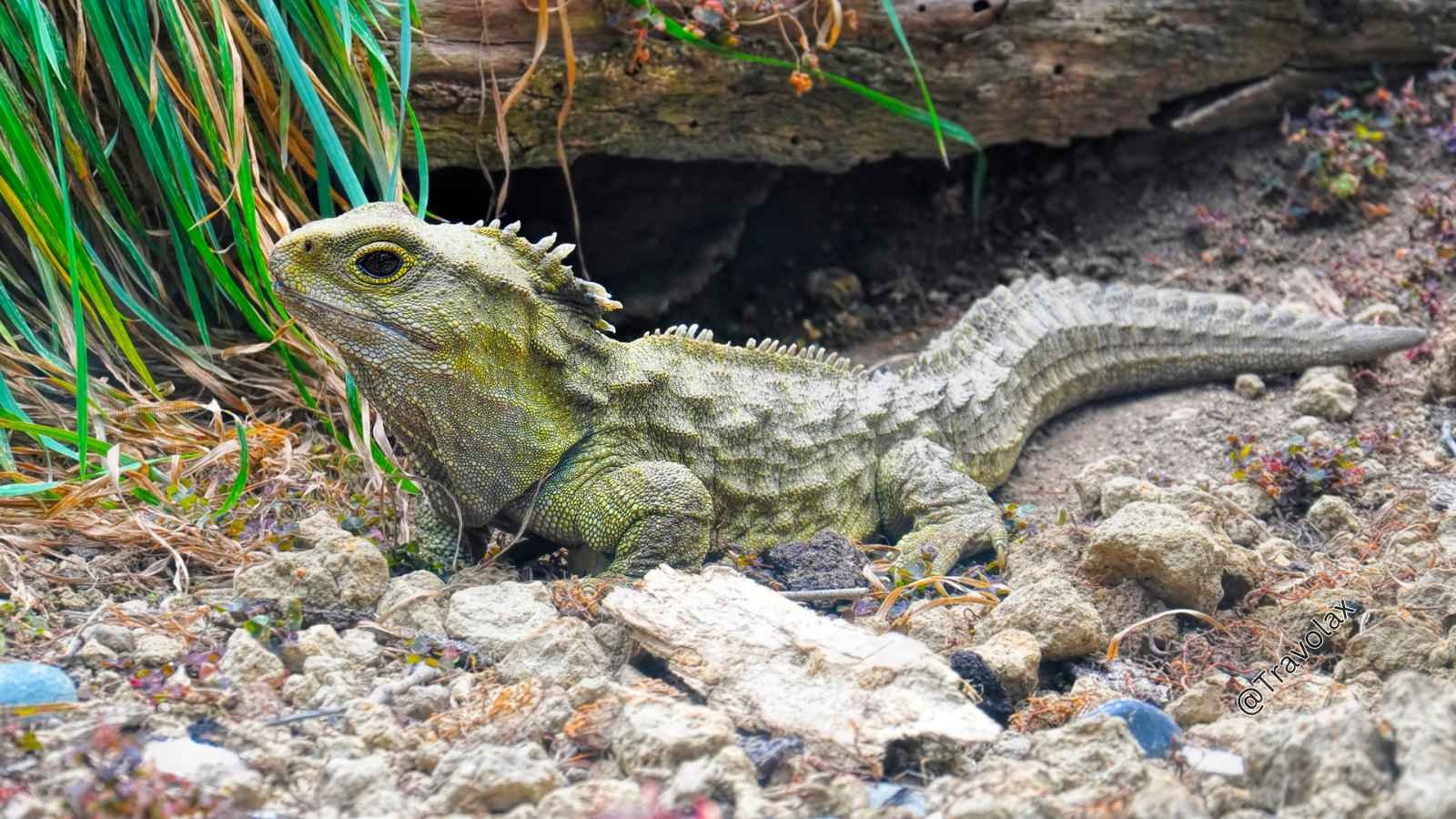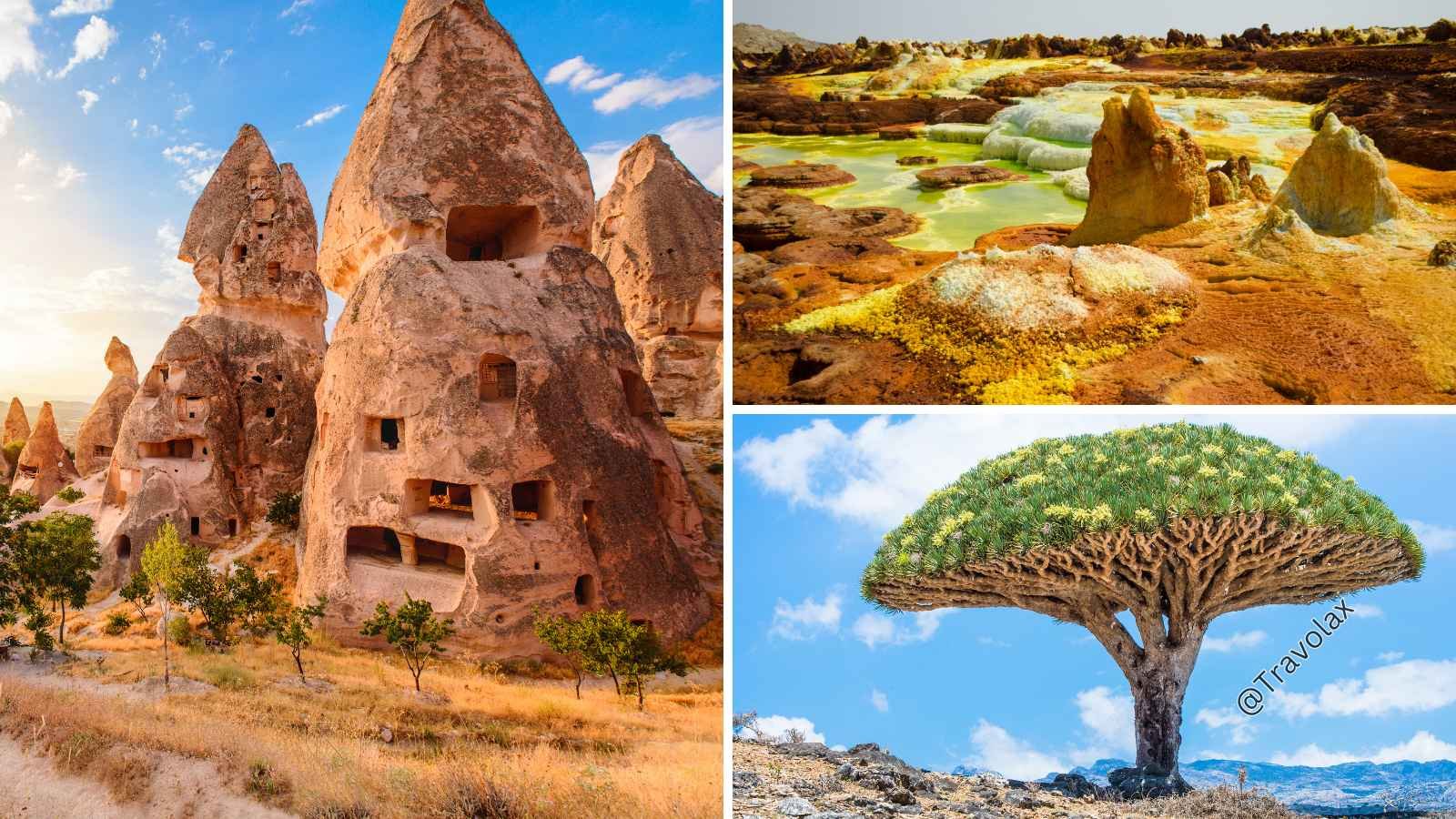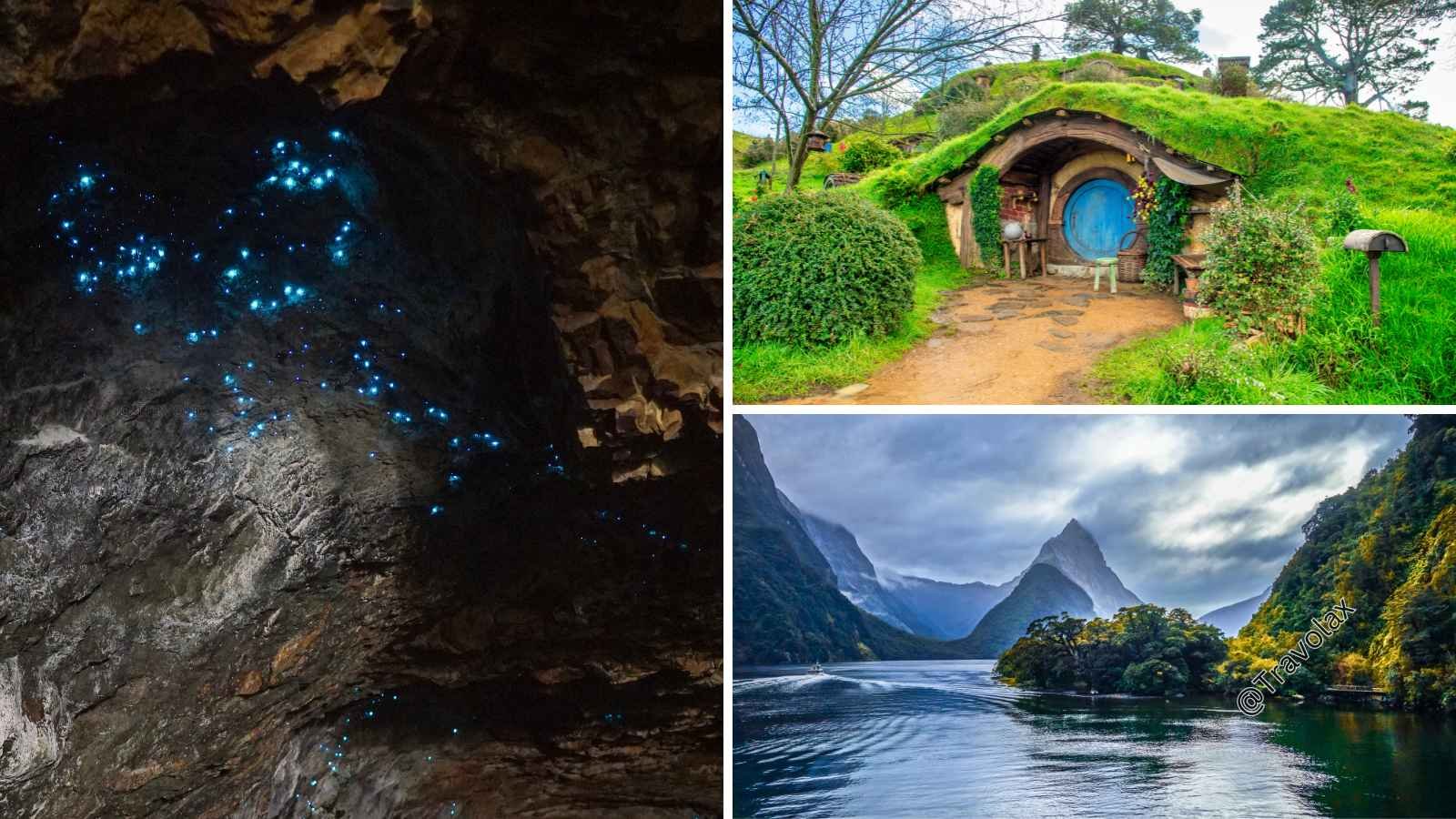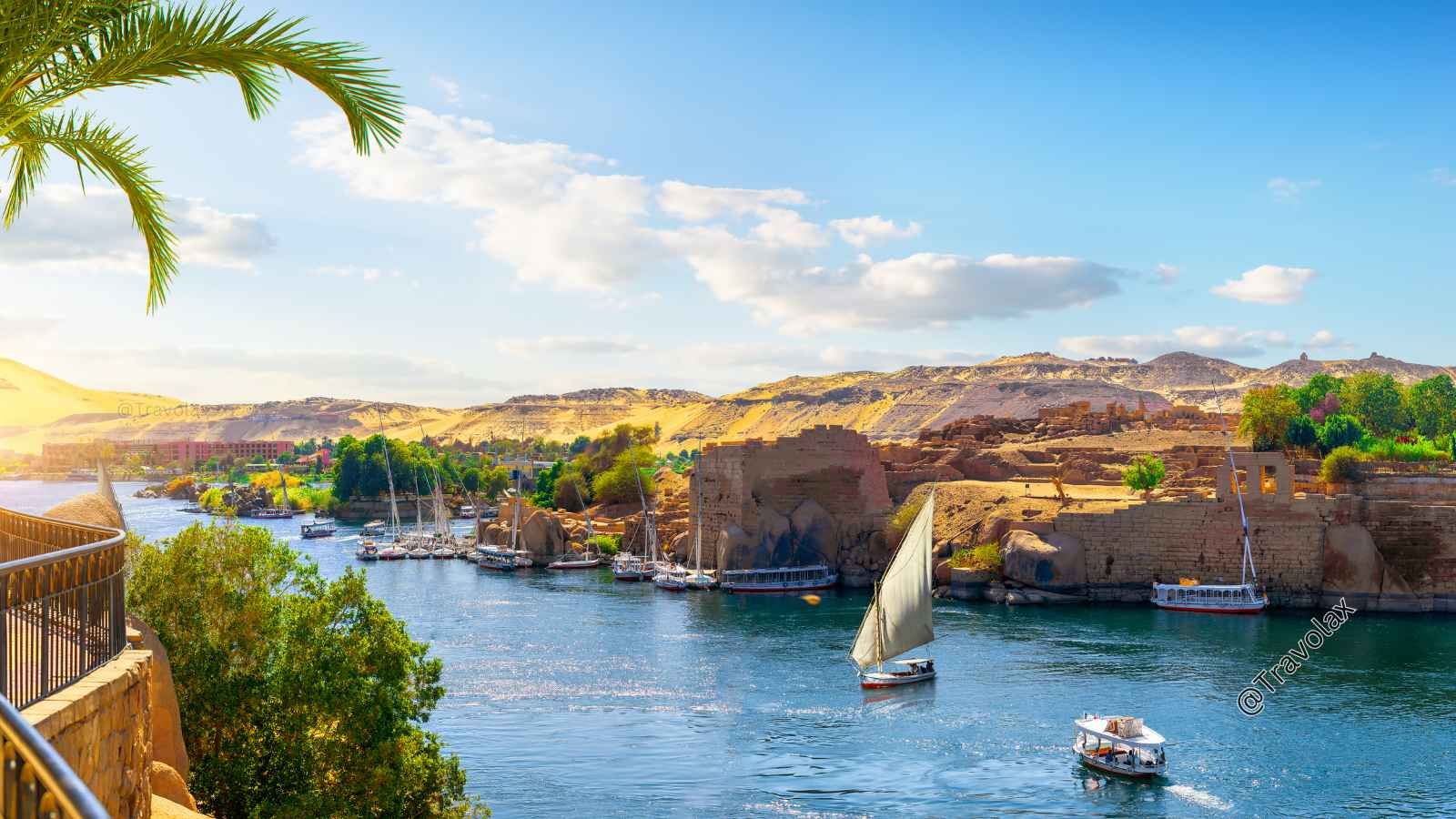New Zealand: Where Nature's Magic Comes Alive
In a world where authentic experiences become increasingly rare, New Zealand stands as a testament to nature's raw creativity. This remote Pacific nation, shaped by volcanic forces and ancient traditions, offers travelers something increasingly precious: genuine wonder. From its otherworldly caves to its steaming geothermal valleys, New Zealand feels less like a destination and more like stepping into nature's finest art gallery.
With international visitor numbers reaching 3.21 million in the year ending June 2024, this enchanting country continues to captivate travelers from around the globe. Let's explore why this island nation has become the ultimate playground for nature enthusiasts and adventure seekers alike.
Recommended Travel Gears
Glowworms in Waipu Caves, New Zealand.
Underground Stars: The Magical Waitomo Caves
Imagine floating silently through darkness, gazing upward at thousands of tiny blue lights that mirror the night sky. This isn't science fiction – it's just another day in the Waitomo Caves. These limestone caverns, home to the endemic Arachnocampa luminosa (glowworms), offer visitors an experience that feels plucked from a fairy tale.
A standard guided tour through the caves costs NZD$79 for adults and NZD$36 for children, making it an accessible wonder for most travelers. The 45-minute journey culminates in a serene boat ride beneath a living constellation of glowworms, creating what many visitors describe as their most memorable New Zealand moment.
Rotorua, New Zealand
Rotorua: Where Earth's Power Meets Māori Culture
The moment you arrive in Rotorua, your senses alert you that you're somewhere special. The distinctive sulfur scent (affectionately nicknamed "that Rotorua smell" by locals) signals your arrival in one of the world's most active geothermal regions. Here, mud pools bubble like witch's cauldrons, and geysers shoot scalding water skyward with clockwork precision.
But Rotorua offers more than just geological wonders. It's the heartland of Māori culture, where traditional hāngi feasts (food cooked in earth ovens) and powerful haka performances provide visitors with authentic insights into New Zealand's indigenous heritage. The combination of natural phenomena and cultural richness makes Rotorua a must-visit destination for understanding both the land and its people.
Tuatara in New Zealand
Living Dinosaurs and Ancient Forests
New Zealand's isolation has preserved some of evolution's most fascinating experiments. The tuatara, often called a "living fossil," has remained virtually unchanged for over 200 million years. These remarkable reptiles, with their third eye and ability to live for over a century, can be found nowhere else on Earth.
In the same vein of unique experiences, the Franz Josef Glacier presents a geological paradox – a river of ice descending into a temperate rainforest. This rare phenomenon creates an ecosystem where ancient podocarp trees stand sentinel over glacial ice, offering visitors the chance to experience two vastly different worlds colliding.
Hobbiton Movie Set, New Zealand
Middle-earth Made Real: Hobbiton and Beyond
For fans of J.R.R. Tolkien's works, visiting Hobbiton in Matamata isn't just tourism – it's pilgrimage. The 12-acre movie set, with its 44 permanently maintained hobbit holes, offers more than just photo opportunities. It's a testament to New Zealand's ability to turn fantasy into reality, where even the vegetable gardens are real and maintained year-round.
Moeraki Boulders, New Zealand
Nature's Mysteries: The Moeraki Boulders
Along Koekohe Beach, perfectly spherical boulders dot the shoreline like giant marbles left by ancient giants. These Moeraki Boulders, formed over 60 million years ago, demonstrate nature's patience in creating perfection. Each boulder took 4-5 million years to form, resulting in the geometric marvels we see today.
The Kea bird in New Zealand
A Bird Lover's Paradise
New Zealand's unique evolutionary history has created a nation where birds, not mammals, rule the roost. The absence of native land mammals (except for bats) allowed birds to evolve in remarkable ways. The kiwi, with its long beak and whisker-like feathers, became the country's national symbol. The clever kea, the world's only alpine parrot, demonstrates problem-solving abilities that rival those of primates.
Tongariro Alpine Crossing, New Zealand
Adventure in the Volcanic Heart: Tongariro Alpine Crossing
Often rated among the world's finest day hikes, the Tongariro Alpine Crossing takes brave souls through a landscape that seems more suited to Mars than Earth. Emerald lakes, steam vents, and ancient lava flows create a 19.4-kilometer journey that challenges and rewards in equal measure.
Rakiura Nation Park on Stewart Island, New Zealand
Southern Sanctuary: Stewart Island
At New Zealand's southern tip lies Stewart Island, where the modern world seems to pause. With a permanent population of fewer than 500 people, this is where nature truly rules. The island offers one of the best chances to spot kiwi in their natural habitat, as these normally nocturnal birds sometimes forage during daylight hours here.
Vineyard in Marlborough, New Zealand
Wine Country: A Taste of Excellence
New Zealand's wine regions have earned global recognition, particularly Marlborough's Sauvignon Blanc. The combination of cool climate, long sunshine hours, and well-draining soils creates wines of distinctive character. With over 300 million liters produced annually, New Zealand's wines have become ambassadors for the country's commitment to quality.
The Pancake Rocks in Paparoa National Park, New Zealand
The Pancake Rocks: Nature's Architecture
At Punakaiki, the Pancake Rocks demonstrate nature's flair for the dramatic. These limestone formations, layered like stacks of hotcakes, create blowholes that shoot seawater skyward during high tide. The phenomenon is best viewed at sunset, when the golden light transforms the scene into something truly magical.
Fiordland National Park, New Zealand
Fiordland: Where Giants Sleep
Fiordland National Park, with its 14 fjords, represents nature at its most dramatic. Milford Sound, despite being one of the wettest places on Earth with over 6 meters of annual rainfall, remains a must-visit destination. The rain creates thousands of temporary waterfalls, transforming the fjord's sheer rock faces into curtains of cascading water.
Planning Your Journey
The best time to visit New Zealand depends on your interests. Summer (December to February) offers warm weather and long days perfect for hiking and outdoor activities. Winter (June to August) brings snow to the mountains and excellent skiing opportunities. Shoulder seasons (spring and autumn) often provide the best combination of pleasant weather and fewer tourists.
Conclusion: A Land of Endless Wonder
New Zealand isn't just a destination; it's an invitation to rediscover wonder. In an age where much of the world feels thoroughly explored and documented, this remote nation continues to surprise and delight visitors with its natural treasures and cultural richness. Whether you're seeking adventure, tranquility, or simply a chance to experience something truly unique, New Zealand offers a canvas where nature has painted its masterpiece.
For those considering a visit, remember that the real magic of New Zealand lies not just in its famous attractions, but in the unexpected moments between them – a sudden rainbow over a mountain lake, a curious kea landing nearby, or a conversation with a friendly local sharing their favorite hidden spot. In New Zealand, every day holds the potential for discovery, and every turn in the road might lead to your next unforgettable moment.

















